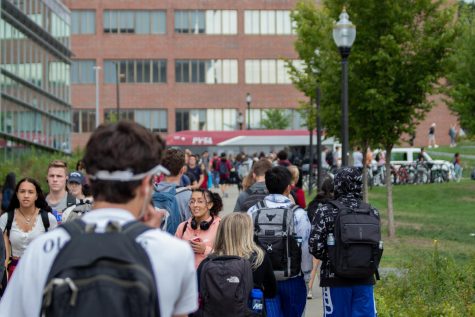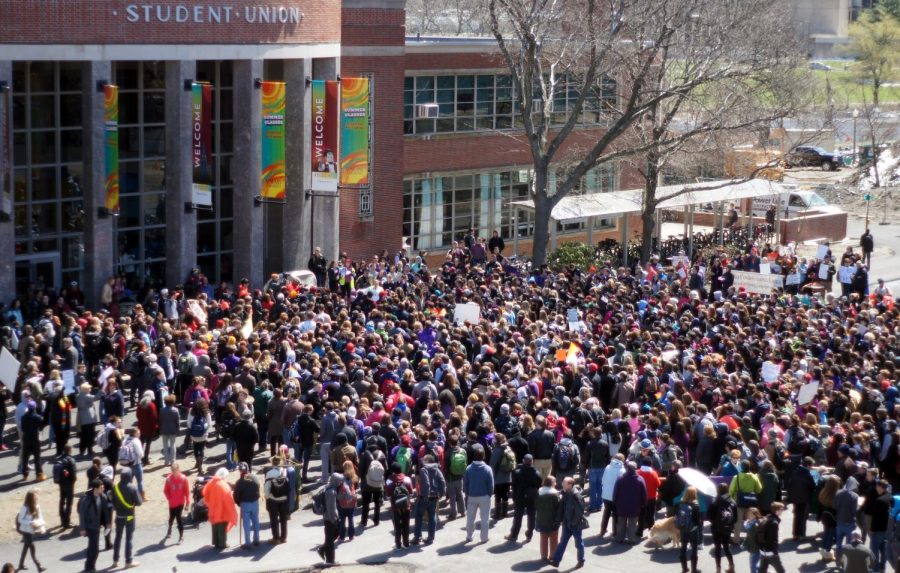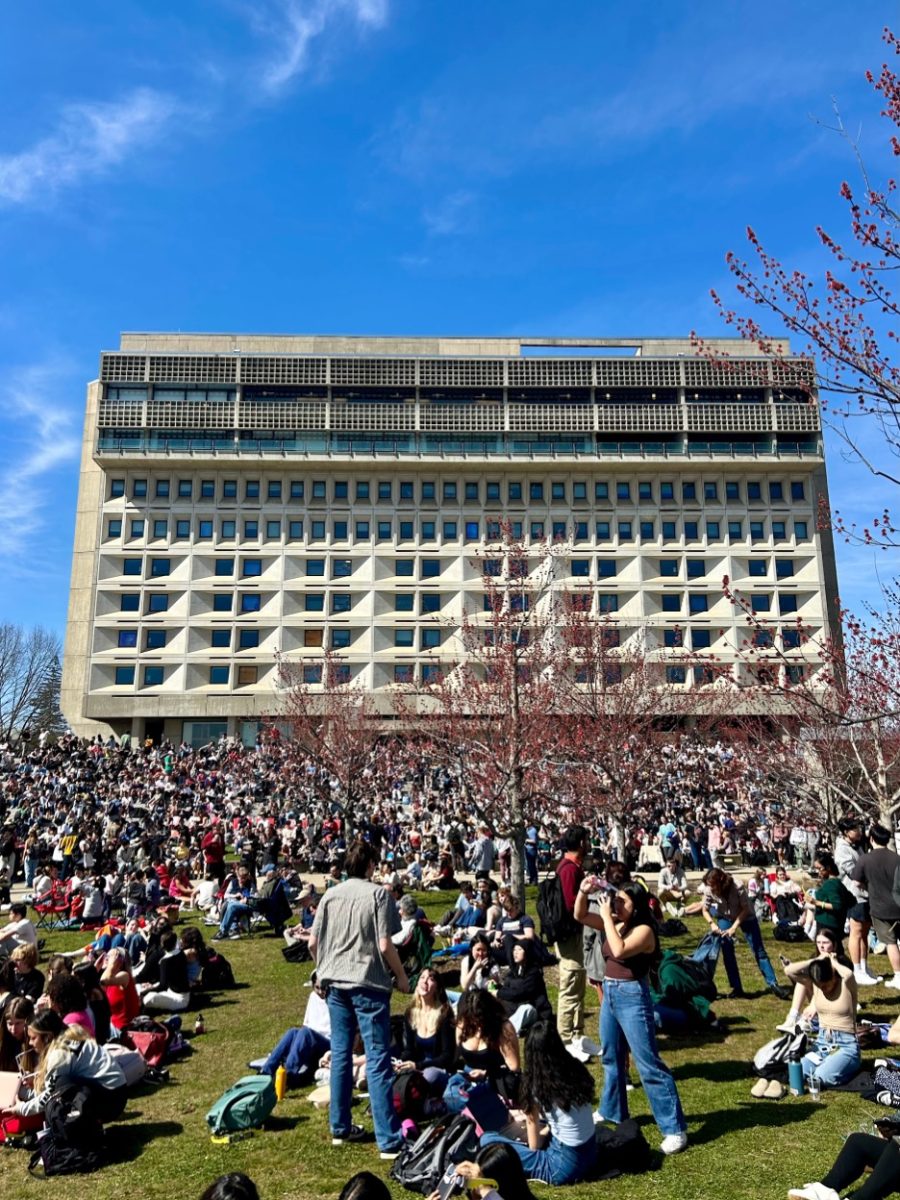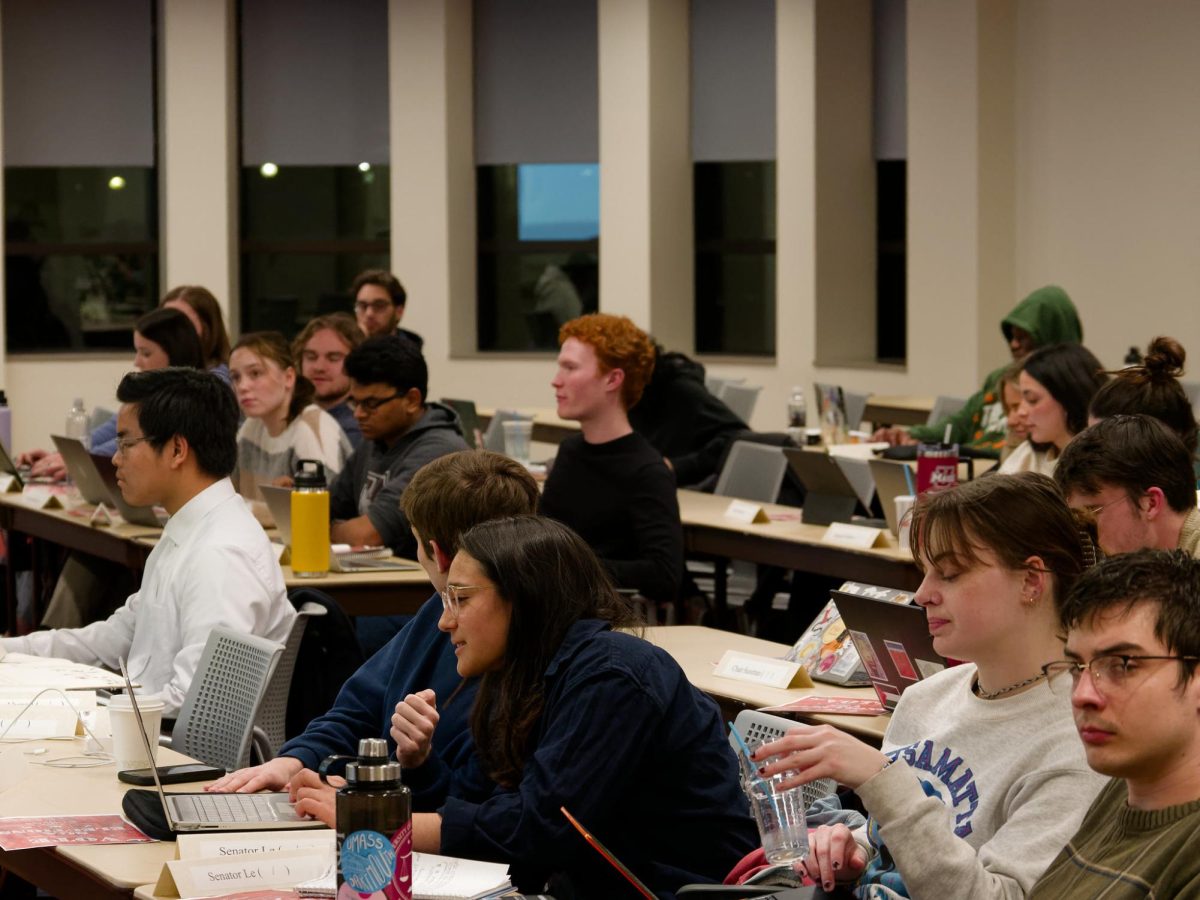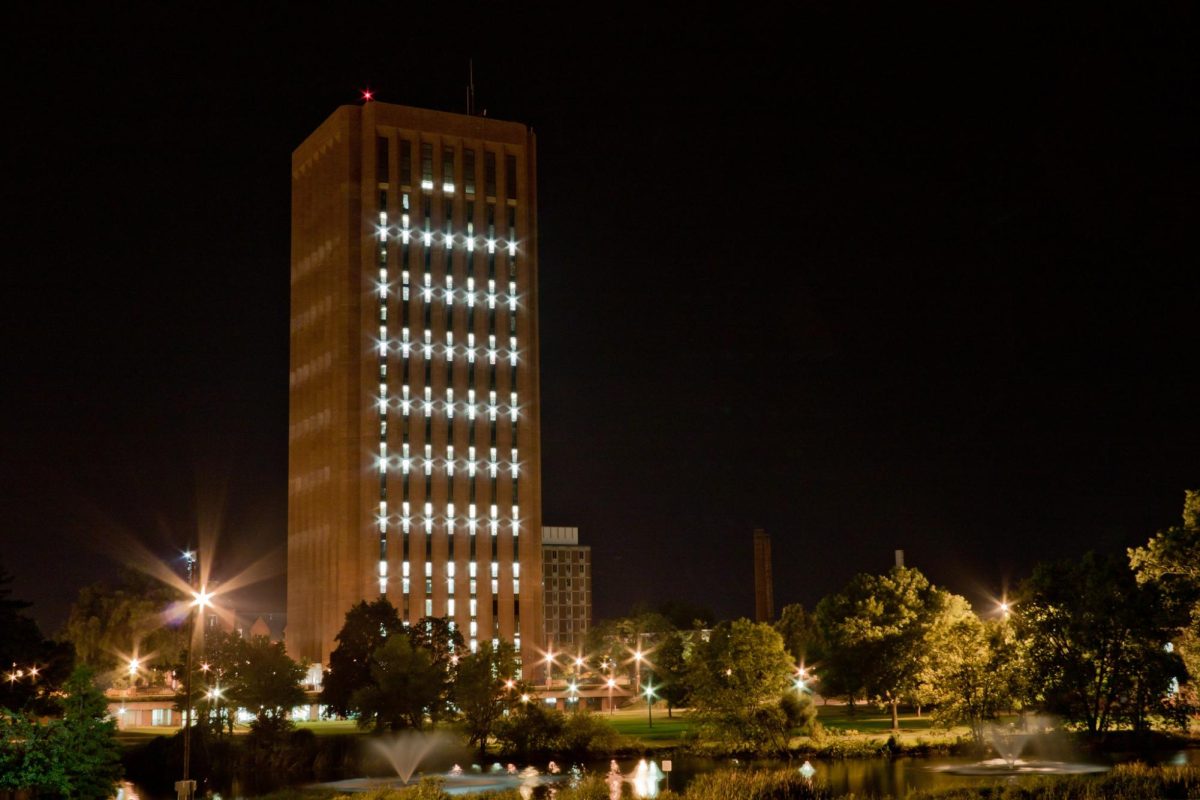While the University of Massachusetts planned to grow its student population for the 2019-20 academic year, the incoming class ended up being larger than expected, leading to quick changes around campus.
In 2019, the University experienced a record number of 42,110 applicants last year, with 5,800 students enrolling for the fall semester, according to an August press release from UMass News & Media Relations. Compared to 2018, this is an increase of 790 students.
Edward Blaguszewski, the executive director of strategic communications at UMass, said the class was a result of UMass’ growing reputation as an academically prestigious state school.
“Increasingly, more high-achieving students are selecting UMass Amherst as a destination of choice given our academic excellence, and that led to this year’s higher number,” Blaguszewski said.
With an increased undergraduate student population, the university has been forced to modify some of its housing options, among other things.
Some dorms, originally built as doubles, have been converted into “economy triples” with one lofted bed and one set of bunk beds. In other residential halls, common rooms have been converted into quads, leaving the floors without a central common area. However, the conversion of common rooms has only occurred in low rises and will not be implemented in the densely populated Southwest towers, as the common rooms in the towers serve as paths out of the building in emergency circumstances.
McNamara Hall, a dorm building in the Sylvan residential area, was converted into an all-freshman building for the first time over the summer. This change makes Sylvan more like the other residential areas, as it now features both first and multi-year housing.
In previous years, McNamara housed transfer students to allow the incoming students to be grouped together. According to Dawn Bond, the director of residential life and student services, most transfer students are now living in multi-year halls. As a result, transfer students are more widely dispersed throughout the campus.
“From the perspective of having something in common and living with other students who are experiencing the same thing you are, making those kinds of connections, it is not a great thing that we don’t have McNamara,” Bond said.
While McNamara will remain a freshman dorm for the full 2019-20 year, it is possible that the change isn’t permanent.
“We are definitely going to need to look at hall designations, and whether McNamara stays a first-year hall or not will be part of that discussion, but then we also have to talk about our transfers,” Bond said. “So both things will be in play.”
While some of these expanded housing options offer less space than regular dorms, like the economy triples, they also cost less money. According to Timmy Sullivan, the president of the Student Government Association, students have mixed feelings about the changes made to housing with a cost reduction.
Residential Assistants are also adjusting to an increased number of students in their residences with less common space to work with.
“Activities and floor meetings and things like that usually happen in the classroom that we have, and our TV lounge,” said Stacey Bailey, an RA in Cance Hall in the Southwest residential area. “As far as day to day, they sort of will hang out in the hallway,”
Since the RAs are now using shared spaces, they are adapting by creating a scheduling system. They use a group chat and schedule times to use the shared space a week in advance, according to Bailey.
While the lack of common room poses several challenges, it can also encourage the residents to be more social.
“I think the lack of the common rooms, even though it would’ve been great, has actually caused my residents to be much closer to each other because they’re forced to hang out in each other’s rooms or in the hallway,” Bailey said.
While UMass is accommodating for the new influx of freshmen, they hope to avoid the same issue next year.
“The admission of students is largely an estimated projection based on an enrollment formula and percent enrollment by accepted student trends from previous years,” Sullivan said. “I do know that as this is the second year of over-enrollment, the University will be adjusting that formula for the upcoming year.”
While in the short term UMass is hoping to cut down its freshman class sizes, the ultimate goal is still to expand.
“We do plan to grow the university in future years,” Blaguszewski said. “This will correlate with our infrastructure and capacity to teach students, provide academic and student support services, and offer on-campus housing along with the available off-campus housing in the Amherst area.”
Sophia Gardner can be reached at [email protected].
